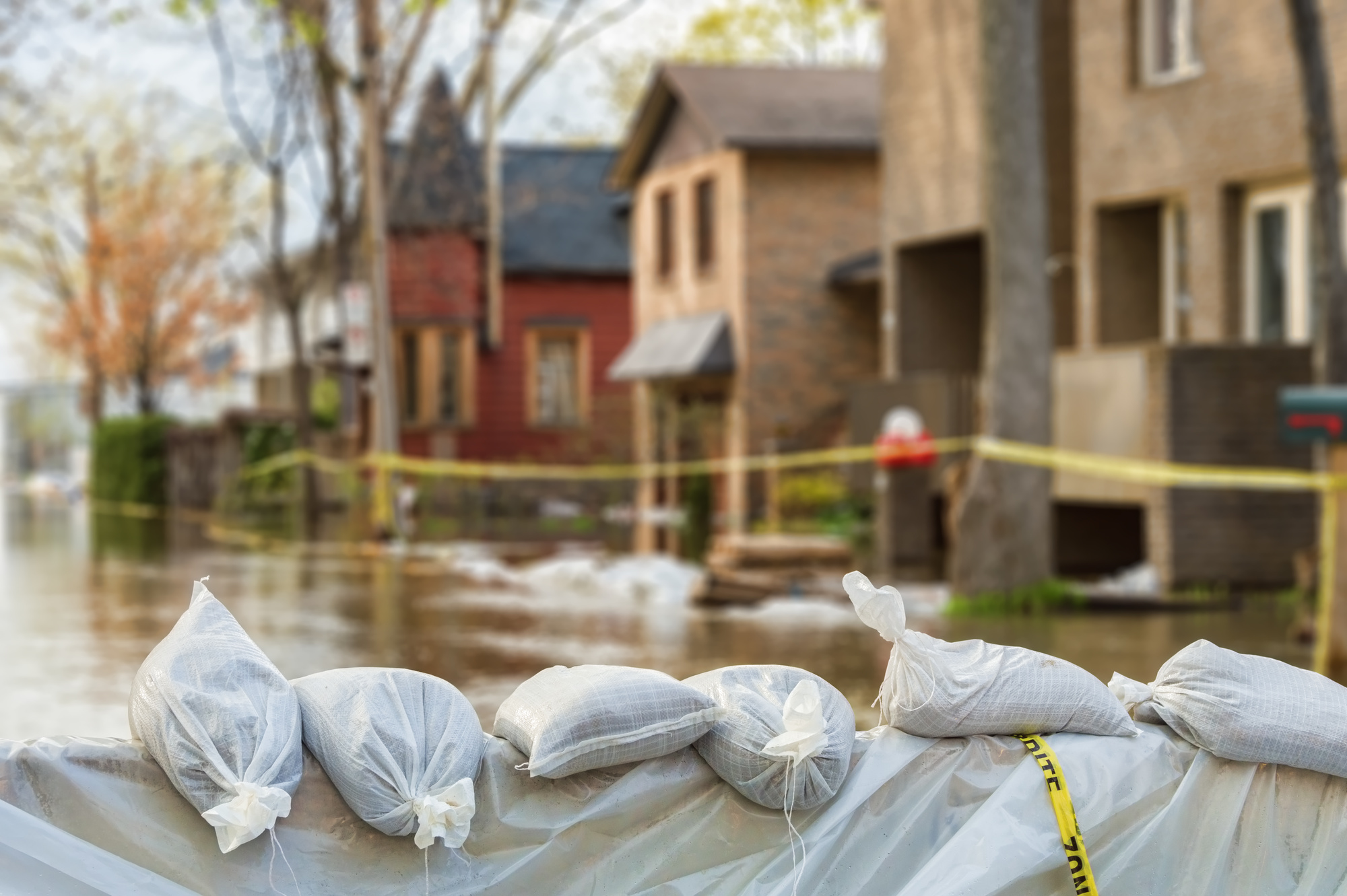Every year, there are hundreds of floods that impact lives across the United States.
These floods can be raging torrents of water from swollen rivers or flash floods brought about by torrential rainfall. It is common to hear about recurrence intervals in flooding, such as a 100-year flood, or a 1,000-year flood.
What does it mean when scientists call something a 100-year flood? If you have ever wondered this, you’re not alone. A lot of people are curious about the flood recurrence interval. A recurrence interval is something that often occurs across geologic time.
Recurrence Interval of Flooding
Scientists study floods by looking at soil and rock samples. The samples show how often heavy flooding hits an area and can reveal the cause. Two standard terms used are flood plains and rainfall floods.
Flood Plains
Water follows the most natural route as it flows downhill. A flood plain is an area next to a river that is low laying or an area where higher ground surrounds it. This means that water flows through it when flooding occurs.
Most flood plains consist of sediments deposited by long-ago floods. By measuring the sediment, thickness and location, scientists can learn when a flood will. Areas that are flood plains experience regular and recurring floods.
Rainfall Floods
Heavy rain gathering on the ground and unable to absorb into the soil is what’s known as a rainfall flood. A rainfall flood can cause rivers and streams to overflow, filling nearby flood plains. Rainfall floods can also lead to flash flooding.
Areas that are historically affected by rainfall floods are studied to see how frequent these disasters are. This gives scientists an idea of when another flood will occur. Rainfall floods rely on geography to be truly destructive, and annual flooding is common in areas with large flood plains and heavy rain.
Geology at Work
The nature of water means that flood patterns are predictable. Water will always follow low laying ground and doesn’t flow uphill. Flood plains are easily identified because of the frequency with which they flood.
Flood water helps shape the world we live in. Recurring floods often carve out flood plains from the surrounding topography. The rate of erosion that occurs to rock faces and hills is what’s used to determine a recurrence interval.
A 100 Year Flood
You’ve probably heard a news anchor or scientist say 100-year flood. This would seem to mean a flood that occurs every 100 years. That is not the case and has nothing to do with when a flood will occur. It is a term meant to quantify a statistical probability.
This means that if you say 100-year flood, you’re referring to a flood that has a 1 in 100 chance of occurring every year. The recurrence interval means that it is well known to happen and, in the past, has happened at least once every 100 years.
A 100-year flood can happen two years in a row, or even more than once a year. This outcome is statistically unlikely but does happen. The recurrence interval helps to determine how likely a flood is by showing how often they occurred in the past.
Rainfall and Floods
Flooding and rainfall often occur hand-in-hand and affect many areas of the country. In areas where heavy rain is typical, the Army Corps of Engineers has spent years developing reservoirs to help relieve the frequency of flooding.
This is done once a flood plain is established and a lake is dammed up to provide a large area for flood water to drain. Even with precautions such as these, flooding can occur and exceed what the reservoir is intended to stop.
Rainfall is the cornerstone of flooding because the ground can hold water until it becomes saturated. If the saturated ground is rained on, water can’t be absorbed and will flow downhill. The more rain that falls, the larger the flood will become.
What If I Live in a Flood Plain?
It’s good to know the recurrence interval of flooding in your area. The likelihood that a 100-year flood will hit is not that high, but most areas that have 100-year floods experience smaller floods. These more minor floods happen with higher frequency and can cause significant damage.
Every area is different, and if you’re living in a flood plain, you should get flood insurance. Flood insurance will help you deal with the devastating effects of floodwater. Getting a quote is easy. Make sure that you have the right insurance to cover your property from disaster.
You can also take precautions to help your family survive catastrophic flooding. Water levels can rise without warning in many flood plains. Modern warning systems do exist that can give more time for you to evacuate, but you need to be ready.
If you live in a flood plain, you should have a flood preparedness plan. This way, you can safeguard your important valuables and the health and safety of your family.
Will I Be Affected by a 100-Year Flood?
No one can say for sure when a 100-year flood will occur. The recurrence interval of floods means that one could happen next year or not for another fifty years. The science behind this can only tell us it is likely that a flood will occur, not exactly when it will happen.
Be safe as the risk to your family in a flood is extreme. Every year people and property are killed and destroyed by flooding. Flooding is one of the most common natural disasters and having a plan and good flood insurance is key to surviving what mother nature throws at you.
Don’t become another statistic, make sure that you’re ready. You can’t rely on the recurrence interval to be accurate. Just because you had horrible flooding a couple of years ago doesn’t mean it won’t happen again. It’s always better to be safe than sorry.
If you find this article helpful, please take a moment to look around our site and see what other interesting reads you might find.




